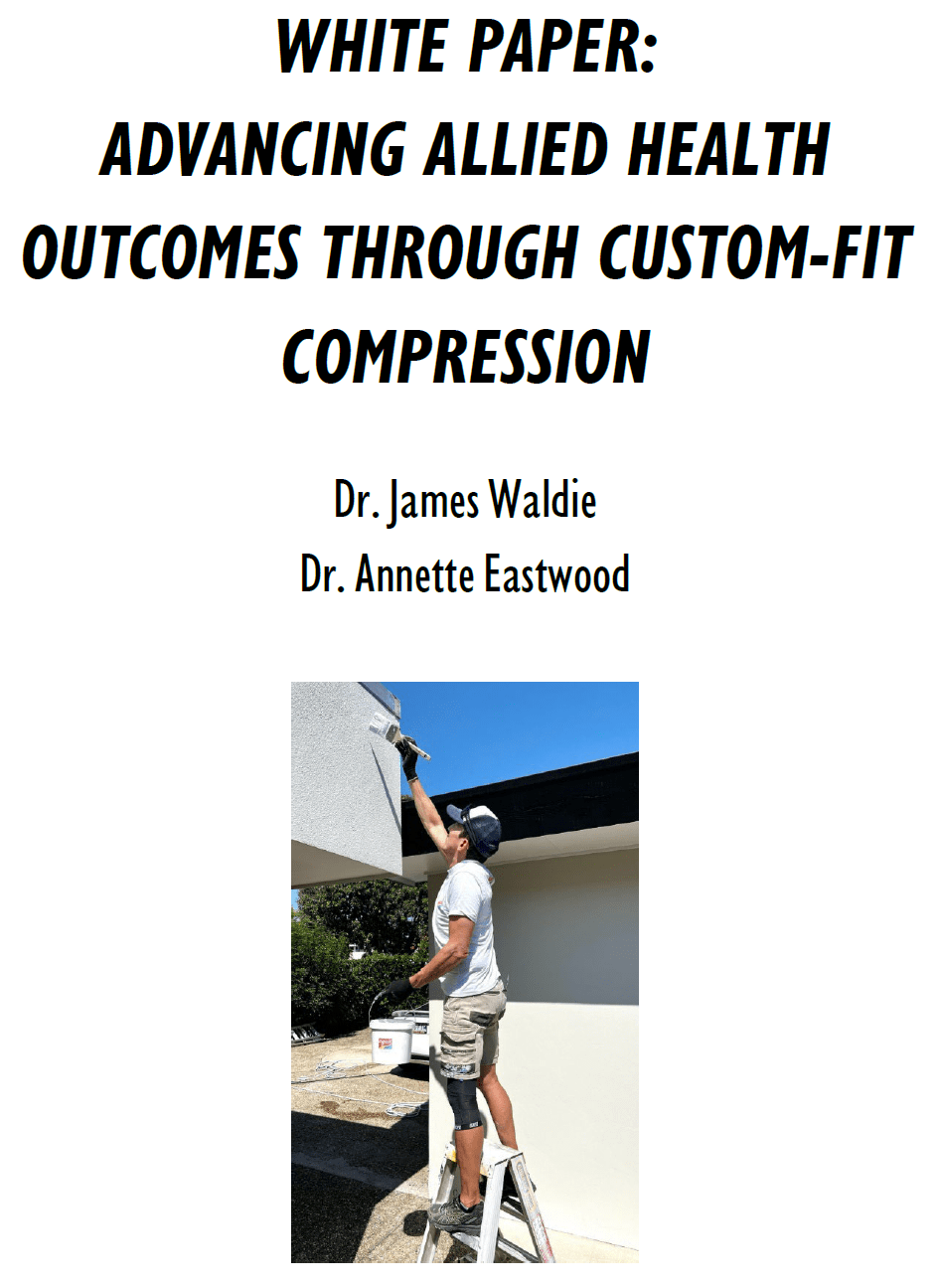Research into the effectiveness of compression garments has focused largely on the impact on athlete recovery. Both objective and subjective markers have been used in research and practice to determine the recovery status of an athlete. Objective markers may be performance markers, physiological markers or biochemical markers, whereas subjective markers are feelings reported by the athlete often by using a questionnaire.
A recent review comparing objective and subjective measures of athlete well-being, demonstrated that subjective measures reflected training load with more sensitivity and consistency than objective measures. It was concluded that subjective measures may be used with confidence to monitor athlete wellbeing in response to training (Saw et al., 2016).
Over the past few years there has been an increase in athlete training load monitoring which includes the athlete subjective assessment of fatigue and recovery markers. Many elite sports teams are now using Apps to monitor an athlete’s subjective rating of training load and their daily wellness scores. These provide coaches with valuable feedback regarding an athlete’s subjective assessment of recovery and readiness to train.
As there is a growing emphasis on an athlete’s subjective assessment of recovery, methods to enhance perceptual recovery can offer great benefits in terms of athlete readiness to perform. Compression garments have been shown to provide a beneficial effect on athlete perceptual recovery. Numerous studies have shown that feelings of muscle soreness have been reduced when compression garments are worn in the recovery period. Improved perception of recovery may increase an athlete’s psychological readiness to perform.
CAPE compression garments have been used by AFL teams during the 2020 season and beyond. With a reduced time of only 4 days between matches, optimising recovery was a key priority for teams. Players reported feeling less muscle soreness when CAPE garments were worn immediately post game.
When asked about the players opinion of CAPE compression garments, Port Adelaide Football Club High Performance Manager Dr Ian McKeown said:
“The players feel better, whether it’s immediately or whether it’s afterwards. If we weren’t getting that benefit, that compliance wouldn’t be as high as it is, so I read a fair amount into that. We do keep a really close eye on their feedback. They do say they feel better, even the guys that have chronic calf issues or lower limb injuries, history of bone stress etc. They find the garments really beneficial.”
“They’re not getting as sore as they typically would have, they are in a much better position and their readiness to train is higher because of the support environment we put around them, which includes the CAPE products to a high degree.”
Whilst objective markers of recovery may have merit in assessing athlete recovery and readiness to perform, subjective markers are proving to be very beneficial to coaches and practitioners. Compression garments can provide a very easy and effective means of enhancing an athlete’s perceptual recovery which is particularly important when peak performance is required.
REFERENCE:
Saw AE, et al. 2016; Monitoring the athlete training response: subjective self-reported measures trump commonly used objective measures: a systematic review Br J Sports Med 50:281–291.


